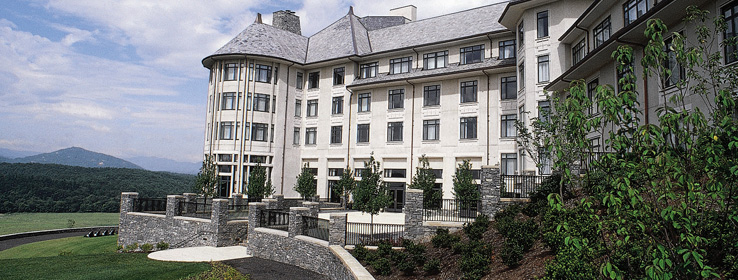Historic preservation can play a meaningful role in sustainable development.
Most architects and designers who are familiar with "green design" have heard about the U.S. Green Building Council's Leadership in Energy and Environmental Design (LEED) certification system. LEED is the nationally accepted benchmark for the design, construction and operation of high-performance green buildings. It promotes a whole-building approach to sustainability by recognizing performance in five key areas of human and environmental health: sustainable site development, water savings, energy efficiency, materials selection and indoor environmental quality.
The LEED system is making a powerful impact on new construction. But what about the issue of razing an old, seemingly energy-inefficient building to put a new green one in its place? There are those who would ask: Will the new efficiencies outweigh the costs – of both what's lost and what it takes to rebuild?
Before sustainability even had a name, traditional builders incorporated sustainable elements into buildings. Working in sync with the environment was the norm, including siting, local materials, natural ventilation, shading, clean energy (via mills), reflective roofing, cisterns and indigenous plantings. Because of these practices, many historic buildings are inherently energy- efficient and already meet current sustainable-design criteria.
That's why historic preservation advocates believe the retention and careful reuse of existing buildings play a very important role in sustainable development. By taking into account historic buildings' original sustainable features, and supplementing them with today's sustainable technology, these buildings can be effectively rehabilitated without losing their historical character.
Following are some views from experts in the field.
Muscoe Martin, AIA, M2 Architecture
"Although the term sustainable design suggests a concern for long-lasting solutions, the benefits of durability and longevity are too often ignored or downplayed. Although not as exciting as the latest green material or system, a building designed to last for many years offers substantial environmental benefits. This is not to minimize the impact that LEED and other ecological design approaches have had on improving the environmental performance of buildings. In fact, as we begin to lessen other negative impacts through energy efficiency and use of green products, the relative benefit of a long-lived building actually increases."
Sharon C. Park, FAIA, Chief, Technical Preservation Services, National Park Service
"Historic buildings, often very durably constructed, have stood the test of time and in many cases can be effectively retrofitted to contemporary standards without dumping construction materials into landfills. Substantially rehabilitated buildings can have a new life cycle of at least 40 years with regular maintenance both for exteriors and systems. While modern mechanical systems are generally the first large elements to be replaced, building structures can outlast these elements many times over. But often the shorter cycle used to 'pay off' a new building is seen as more attractive in the investor and new construction market. The 'green' movement needs to get away from the catalog of construction parts that can be used or reused in new construction, and consider both the amortized investment found inherent in older buildings and the contributions these buildings make to the cultural, social and historic environments they have helped to shape. These older buildings should not be shortchanged in the name of modern life-cycle analysis."







